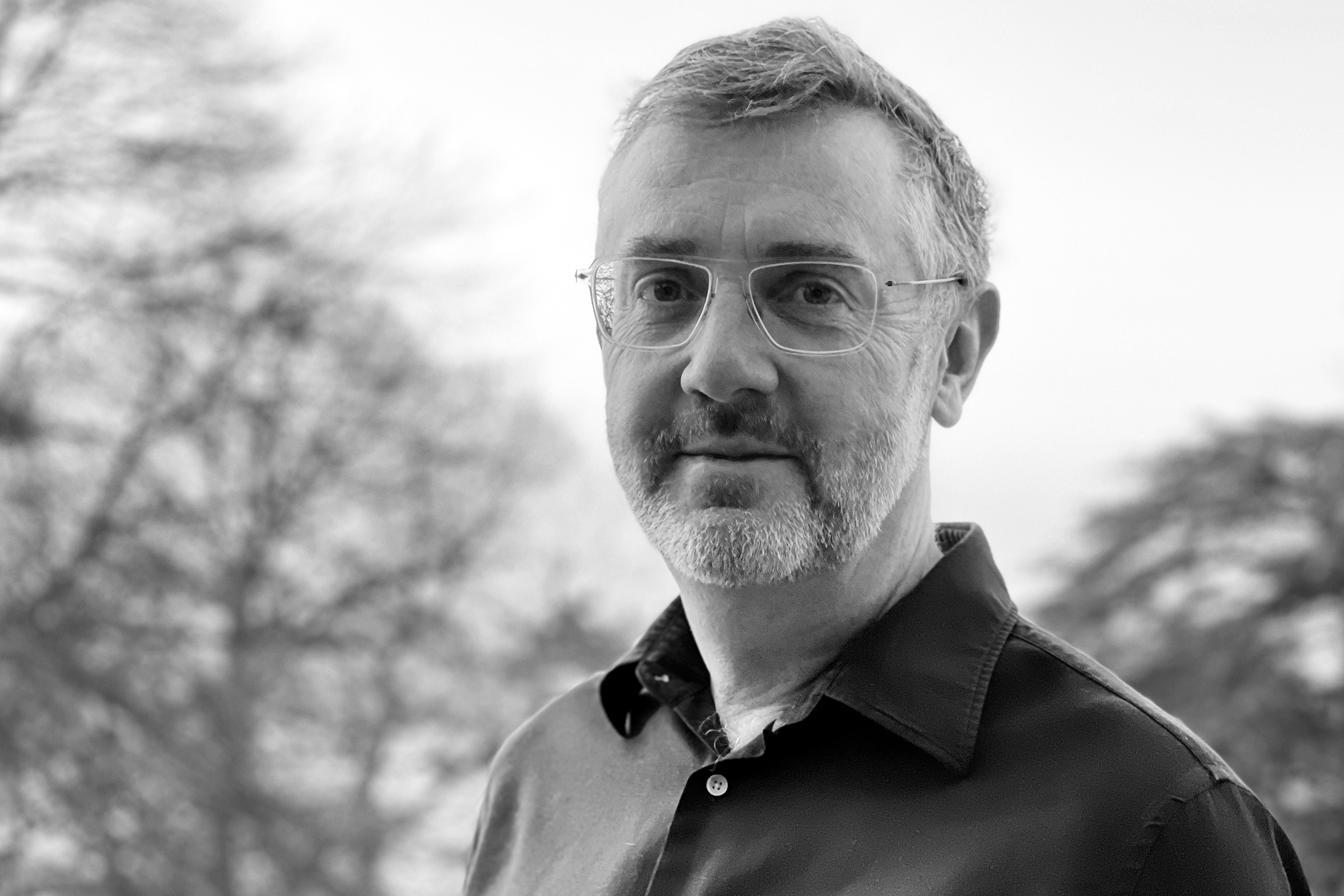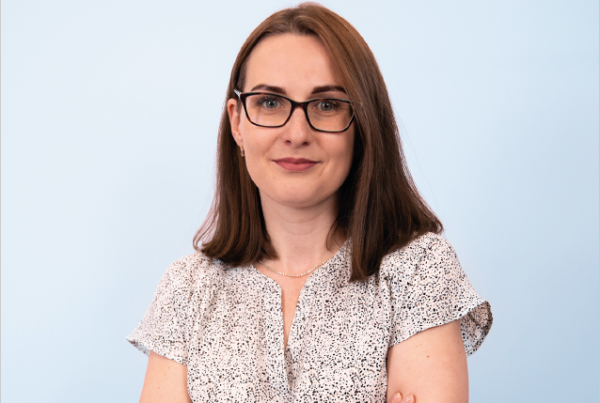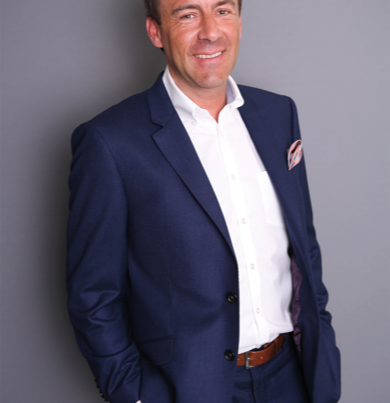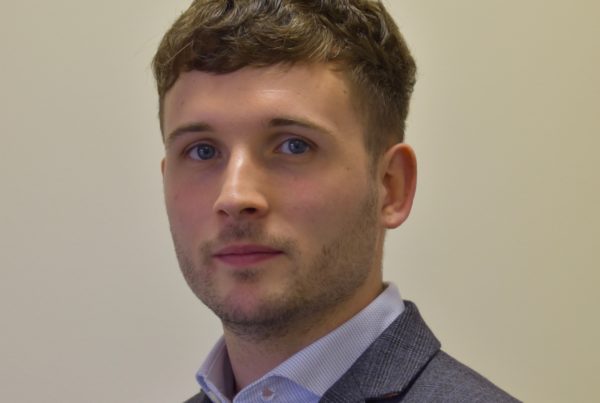


July 2022
Redefining business class comfort, Unum’s CEO Chris Brady spoke to LARA about how he believes seats should be comfortable, and how working with aircraft OEMs should be an easy exchange of ideas.
What are the fundamentals that any airline seat has to have, no matter what class or whether a single or twin-aisle aircraft?
At Unum, we believe there is a universal model for aircraft seating with a hierarchy of requirements. The first priority is comfort, the second is robustness, the third is being easily maintainable, the fourth is being lightweight and the fifth is being able to offer the seat at the right price.
Comfort is at the top of the list because the sole purpose of the seat is to provide a comfortable experience for the passenger. We think that a helpful way to think about it is that seats can’t be comfortable, only people can. Therefore comfort is found in the spaces between the seats. This makes us think about space and movement rather than features and materials.
Seats must be robust in terms of durability, but also in terms of protecting the passenger from their surroundings. Mass transportation is unique in the way that it forces strangers into proximity for several hours.
We’ve always wanted to ensure that our seat was easy to maintain. When bits break they should be quick to replace – this was the design challenge. Later we came to realise that repairable seats are good, but repaired seats are even better, and so we started to think about proactive training and support too.
What does Unum stand for and how is your company different compared to other seating companies out there?
Our motto is “Reliably Comfortable, Responsibly Made” – which tries to capture the ethics that guide us as individuals. We’re concerned about our impact on the environment and we have tried to build a business that prioritises people first and money second.
To support this, we have put an emphasis on building business systems that are easy to work with and that focus on the risks around delivery, so that we always deliver on time.
We also measure our impact on the environment in all of the small decisions we make, such as by relying on local supply chains rather than using suppliers from overseas. Through this decision, we are ensuring that our suppliers are family-run businesses that hold the same values as us.
Post-COVID, what has your company learned and have you since introduced any new ways of working moving forward?
I think we’ve been lucky in that we were born during the pandemic and are fundamentally a lockdown project, so we had to build our culture and systems around working remotely.
I can imagine how hard it was for established businesses to relearn their habits and rituals for a remote working world and how tempting it would be to re-enforce office working, but I’m excited to explore what the future holds for us in the hybrid working environment.
For us, it has been a lockdown dividend and through the innovation of remote learning software, such as Microsoft Teams, we’ve managed to continue business operations as normal and collaborate effectively on projects as a team.
With the need for aviation to be more environmentally friendly across the board, from SAF to material inside the cabin, in what ways is the seating industry going to adapt?
I think the industry first needs to get curious about the topic of sustainability. I’ve made a conscious effort to learn about this topic and it’s a really exciting opportunity to make different decisions, think of measurements and build sustainable systems and products. A sustainable business is about lots of small decisions, each informed by the right information and not “silver bullet” initiatives. I think it’s a fundamental organisational challenge rather than a technical one.
Sustainability is an opportunity for renewal and after my 30 years in aircraft seating I’m excited about it, especially after seeing how the aviation industry has grown and adapted during this time frame.
Can you talk us through the process for designing a new seat for a commercial aircraft? What makes the change necessary, how much communication is there with the OEM and the operator, and how long does it take before a final design is signed off?
When designing a new seat for commercial aircraft, it takes around three to four years from the drawing board, through design engineering and acquiring certification, to then installing it on the aircraft.
Typically the first two years will see advanced product development and then you’ll witness new product development alongside an industrial design programme – this part is typically outsourced (which is not uncommon). At Unum, we have chosen to work with Acumen Design Associates for this process.
An airline will typically become a customer after two years or sometimes earlier and then a further design engineering programme will run to personalise the seat to the airline’s requirements and integrate product features from third parties (in premium class that will be in-flight entertainment systems and in-seat power) before final certification is carried out.








